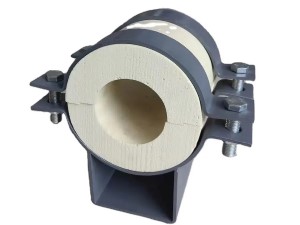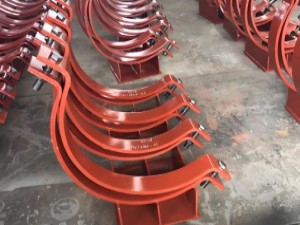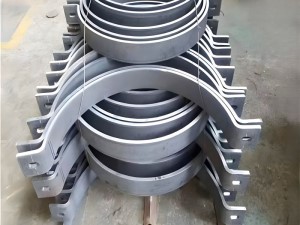2507 (UNS S32750) is a super duplex stainless steel designed for applications which require exceptional strength and corrosion resistance. 2507 is a 25% chromium, 4% molybdenum, and 7% nickel alloy resulting in excellent resistance to chloride pitting and crevice corrosion attack. The duplex structure provides ASTM A240 S32750 super duplex steel plate highly resistant to pitting, crevice corrosion, and stress corrosion cracking.
Usage of 2507 should be limited to applications below 600° F (316° C). Extended exposure to elevated temperatures can reduce its toughness and corrosion resistance.
Inventory 2507 Fittings, 2507 Flanges, 2507 Pipe, 2507 Plate, 2507 Round Bar, 2507 Sheet
Super Duplex steel 2507 plate sheet Applications
- Desalination Equipment
- Chemical process pressure vessels, piping and heat exchangers
- Marine Applications
- Flue Gas Scrubbing Equipment
- Pulp & Paper Mill Equipment
- Offshore Oil production/technology
- Oil and gas industry equipment
General Corrosion
The high chromium and molybdenum content of 2507 makes it extremely resistant to uniform corrosion by organic acids like formic and acetic acid. 2507 also provides excellent resistance to inorganic acids, especially those containing chlorides.
In dilute sulfuric acid contaminated with chloride ions, 2507 has better corrosion resistance than 904L, which is a highly alloyed austenitic steel grade specially designed to resist pure sulfuric acid.
Stainless steel of type 316L (2.5%Mo) cannot be used in hydrochloric acid due to the risk of localized and uniform corrosion. However, 2507 can be used in dilute hydrochloric acid. Pitting need not be a risk in the zone below the borderline in this figure, but crevices must be avoided.

Isocorrosion curves, 0.1 mm/year, in sulfuric acid with an addition of 2000 ppm chloride ions

Isocorrosion curves, 0.1 mm/year, in hydrochloric acid. Broken line curve represents the boiling point

Critical Pitting Temperature (CPT) range for various alloys in 1M NACl

Critical Crevice Corrosion Temperature (CCT)for various alloys in 10% FeCl3
Intergranural Corrosion
2507's low carbon content greatly lowers the risk of carbide precipitation at the grain boundaries during heat treatment; therefore, the alloy is highly resistant to carbide-related intergranular corrosion.
Stress Corrosion Cracking
The duplex structure of 2507 provides excellent resistance to chloride stress corrosion cracking (SCC). Because of its higher alloy content, 2507 is superior to 2205 in corrosion resistance and strength. 2507 is especially useful in offshore oil and gas applications and in wells with either naturally high brine levels or where brine has been injected to enhance recovery.
Pitting Corrosion
Different testing methods can be used to establish the pitting resistance of steels in chloride-containing solutions. The data above were measured by an electrochemical technique based on ASTM G 61. The critical pitting temperatures (CPT) of several high-performance steels in a 1M sodium chloride solution were determined. The results illustrate the excellent resistance of 2507 to pitting corrosion. The normal data spread for each grade is indicated by the dark gray portion of the bar.
Crevice Corrosion
The presence of crevices, almost unavoidable in practical constructions and operations, makes stainless steels more susceptable to corrosion in chloride enviroments. 2507 is highly resistant to crevice corrosion. The critical crevice corrosion temperatures of 2507 and several other high-performance stainless steels are shown above.











.jpg)

.jpg)
